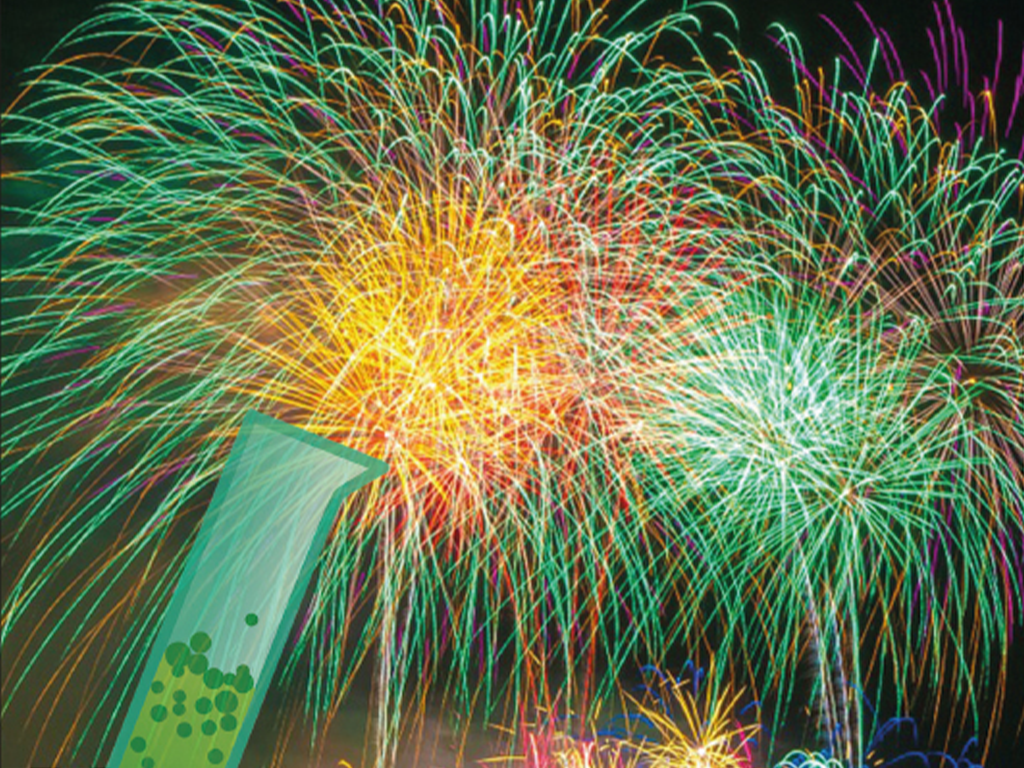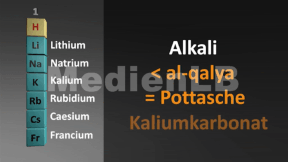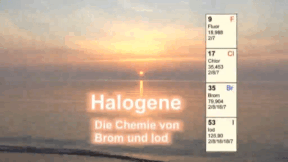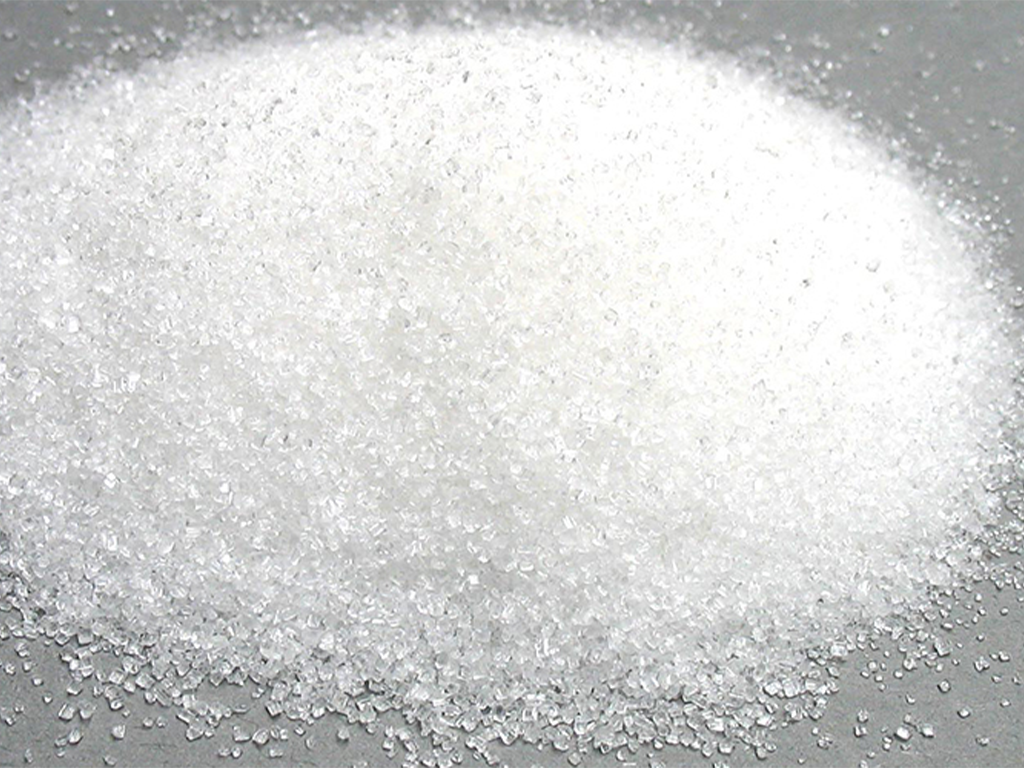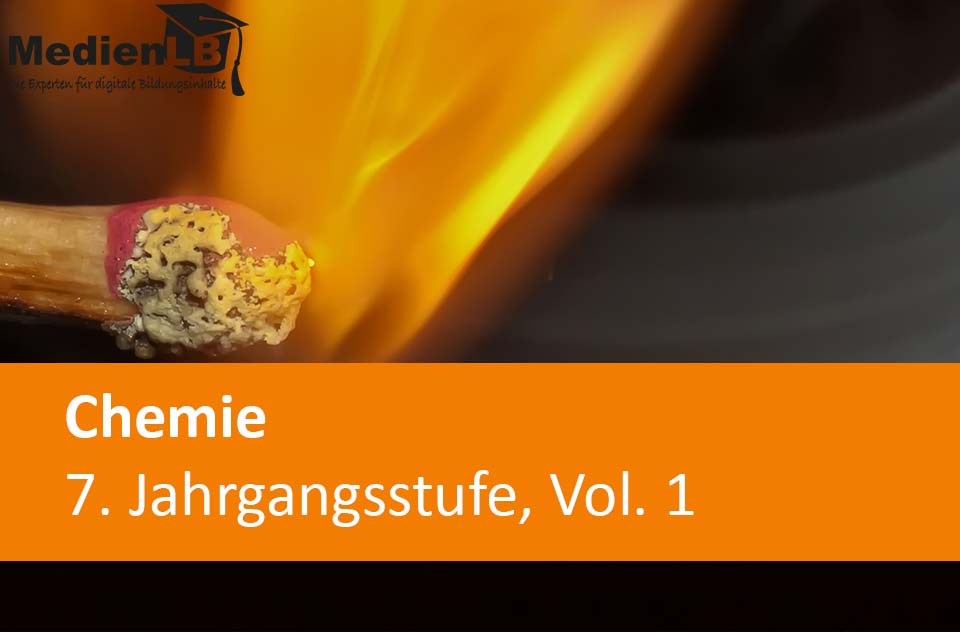
55503683
Redoxreaktionen
In unserem Arbeitsheft Chemie 7, Vol. 1 – Redoxreaktionen finden Sie 50 interaktive und didaktisch aufbereitete Aufgaben.
Das Medium bietet H5P-Aufgaben an, die ohne zusätzliche Software verwendbar sind. Das Medium enthält interaktive Videos und 50 H5P-Aufgaben zum Thema Redoxreaktionen.
Durch interaktive Aufgabentypen wird das audiovisuelle und interaktive Lernen einfach.
Lernen macht jetzt Spaß!
Included Tasks
- 1. Einstieg - Redoxreaktionen - Interaktive Aufgaben
- 2. Oxidation oder Reduktion? - Interaktive Aufgaben
- 3. Oxidation und Reduktion finden gemeinsam statt - Interaktive Aufgaben
- 4. Reduktion und Oxidation - Begriffe Zuordnen - Interaktive Aufgaben
- 5. Verbrennung von Methan - Interaktive Aufgaben
- 6. Redoxreaktionen im Alltag - Interaktive Aufgaben
- 7. Redox und Elektronentransfer - Interaktive Aufgaben
- 8. Schreiben von Halbgleichungen - Interaktive Aufgaben
- 9. Reaktion zwischen Natrium und Chlor - Interaktive Aufgaben
- 10. Reaktion zwischen Chlor und Kaliumbromid - Interaktive Aufgaben
- 11. Was bedeutet Oxidationszahl? - Interaktive Aufgaben
- 12. Oxidationszahlen in Verbindungen - Interaktive Aufgaben
- 13. Oxidationszahlen in Formeln - Interaktive Aufgaben
- 14. Oxidationszahlen in Redoxreaktionen - Interaktive Aufgaben
- 15. Änderungen in Oxidationszahlen - Interaktive Aufgaben
- 16. Chemische Formeln überprüfen - Interaktive Aufgaben
- 17. Redoxreaktionen - Reflexion - Interaktive Aufgaben
- 18. Redox oder nicht? - Interaktive Aufgaben
- 19. Reaktion von Wasserstoff mit Sauerstoff - Interaktive Aufgaben
- 20. Korrosion - Interaktive Aufgabe
- 21. Das Dach des Berliner Doms - Interaktive Aufgaben
- 22. Oxidationszahl 0 - Interaktive Aufgaben
- 23. Finde die Oxidationszahlen heraus! - Interaktive Aufgaben
- 24. Oxidation oder Reduktion? - Interaktive Aufgaben
- 25. Kupfersulfid - Interaktive Aufgaben
- 26. Das Periodensystem und Oxidation - Interaktive Aufgaben
- 27. Redoxreaktionen im engeren Sinn - Interaktive Aufgaben
- 28. Redoxreaktionen im erweiterten Sinn - Interaktive Aufgaben
- 29. Elektronentransfer - Magnesium und Chlor - Interaktive Aufgaben
- 30. Was sind Oxidations- und Reduktionsmittel? - Interaktive Aufgaben
- 31. Oxidations- und Reduktionsmittel im Labor - Interaktive Aufgaben
- 32. Kaliumdichromat: Ein Oxidationsmittel - Interaktive Aufgaben
- 33. Kaliumpermanganat: Ein Oxidationsmittel - Interaktive Aufgaben
- 34. Alkoholtest - Interaktive Aufgaben
- 35. Kaliumiodid - Interaktive Aufgaben
- 36. Finde das Reduktionsmittel - Interaktive Aufgaben
- 37. Finde das Oxidationsmittel - Interaktive Aufgaben
- 38. Chlor und Natriumbromid - Interaktive Aufgaben
- 39. Iod in Algen - Interaktive Aufgaben
- 40. Eisen in den Eisentabletten - Interaktive Aufgaben
- 41. Reaktion zwischen Kohlenstoff und Kupferoxid - Interaktives Video
- 42. Kaliumsalz der Chromsäure - Interaktive Aufgaben
- 43. Silberchlorid - Interaktive Aufgaben
- 44. Die Redoxreihe der Metalle - Interaktive Aufgaben
- 45. Unedle und edle Metalle - Interaktive Aufgaben
- 46. Metalle im Wettbewerb - Interaktive Aufgaben
- 47. Welches Metall ist reaktiver? - Interaktive Aufgaben
- 48. Magnesium und Kupferoxid - Interaktive Aufgaben
- 49. Verkupfern - Interaktive Aufgaben
- 50. Die Redoxreihe rekonstruieren - Interaktive Aufgaben
Curriculum-centred and oriented towards educational standards
Matching
Halogens
The compounds of halogens are - with the exception of astatine - widespread, can be encountered in nature and are versatile substances. This fact is taken up on this DVD in order to teach the students the chemistry of the halogens by illustrating their special qualities and explaining the correlation of their structure with their chemical properties. In the first part, an overview of the element group of halogens lays emphasis on the common as well as on the distinguishing characteristics of fluorine, chlorine, bromine and iodine. In a second part, the specific properties of bromine and iodine are presented. This topic is linked to the students‘ everyday experience on the one hand (bromine as a catalyst for reactolite sunglasses, iodine as an agent in medicine, etc.) on the one hand. As a rule, they are of a kind that can only be realized with difficulty, or high expenditure in the chemistry classroom. With the help of these experiments, students are introduced to the chemistry of the halogens in a way that enables them to draw conclusions on the basis of their observations.
Carbohydrates
The term carbohydrate or saccharide is a collective name for all substances with the chemical formula Cn(H2O)n. Carbohydrates are the basis of nutrition. They are part of our diet as starch, glucose (grape sugar), fructose (fruit sugar), lactose (milk sugar) and saccharose (beet, cane or table sugar). Important suppliers of carbohydrates are potatoes and cereals such as rice, wheat, maize, millet, rye and oats. The various carbohydrates in our foods are introduced to the pupils. The characteristics of polysaccharides, disaccharides and monosaccharides are explained to them and in which foods these substances occur and how they are structured. In addition, the different origins of starch, starch degradation products, gelling agents as well as sugar alcohols in confectionery are dealt with. The DVD shows how various substances can be detected with the help of chemical processes. Together with the extensive accompanying material the DVD is ideally suited for use in the classroom.




